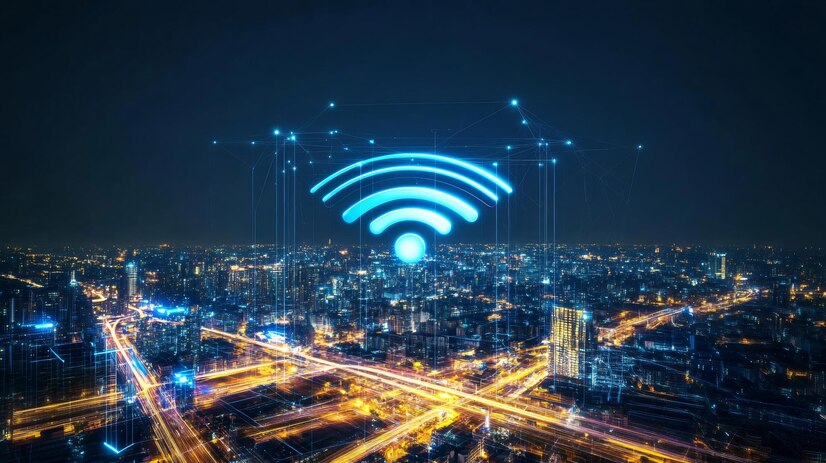The code “WAAA-117” is an alphanumeric identifier that has sparked interest in various industries due to its wide-ranging applications and potential implications. While its exact origin and meaning can differ depending on the field of use, it generally refers to a standard, protocol, or technology that plays a vital role in sectors like cybersecurity, software development, wireless communication, and even military or government operations.
The Origins of WAAA-117
It is often associated with codes and project identifiers used in highly regulated environments. In cybersecurity and government projects, these codes are used for maintaining confidentiality, security, and internal categorization. Outsiders deliberately obscure these types of codes to protect sensitive information. In such settings, it could serve as a placeholder for a project under development or represent a system designed to safeguard critical data.
Beyond classified settings, the code may also emerge in the technology and software development sectors, where companies often use alphanumeric combinations to represent ongoing projects. This ensures that the public or competitors remain unaware of what’s being developed until the appropriate release stage.
WAAA-117 in Wireless Communication
One significant application is wireless communication, representing cutting-edge technology designed to enhance data transfer capabilities, security, and range. This technology boasts impressive performance with comprehensive coverage of up to 1 kilometre, making it effective in urban and rural settings. It is particularly well-suited for applications in Internet of Things (IoT) devices, smart cities, and industrial automation.
This technology is praised for its energy efficiency and low latency, which are critical features in modern wireless communication. For example, it supports longer battery life in wearables and IoT sensors while ensuring fast, real-time data transfer between connected systems. The high-performance nature allows it to serve critical functions in healthcare, entertainment, and industrial automation, from powering remote patient monitoring to enabling immersive virtual reality experiences.
Applications Across Industries
The versatility makes it applicable in a wide range of sectors:
- Consumer Electronics: This technology enhances the performance of smartphones, tablets, and laptops. It allows high-speed data transfer, low-latency communication, and seamless streaming or gaming experiences.
- Healthcare: In the medical field, it ensures secure communication channels for telemedicine, medical data transmission, and remote patient monitoring. Its robust encryption mechanisms enhance protection for sensitive health information, critical for maintaining patient confidentiality.
- Transportation: Technology plays a significant role in autonomous vehicles and intelligent transportation systems. It facilitates real-time communication between vehicles and traffic management infrastructure, improving road safety and optimizing traffic flow.
- Industrial Automation: It is increasingly adopted in industrial automation, which supports wireless communication between machinery, enhancing production line efficiency, and reducing equipment downtime. This is especially useful in real-time monitoring and control of factory operations.
- Intelligent Cities: This technology supports intelligent city infrastructure, enabling efficient management of public services such as intelligent lighting, waste management, and public safety systems. The comprehensive coverage and scalability of the technology make it ideal for managing the vast data produced by IoT sensors deployed in innovative city initiatives.
Security and Scalability
A key benefit is its advanced security features. The technology integrates encryption protocols and authentication methods to prevent unauthorized access, making it an optimal choice for applications that involve sensitive data, such as financial transactions or healthcare services. This level of security is especially critical in cybersecurity projects, where any data breach could have severe consequences.
Moreover, the scalability of this technology is another significant advantage. It allows for the seamless integration of large networks of devices, making it well-suited for sectors like industrial automation and smart cities. This adaptability positions WAAA-117 as a forward-looking solution for future developments in 5G, IoT, and digital infrastructures.
Challenges and Future Potential
Despite its benefits, this technology does face some challenges. One major issue is cost. Deploying such advanced technology requires substantial infrastructure, making it easier for smaller businesses or industries with tight budgets to adopt. Additionally, operating in an already crowded wireless spectrum can lead to interference issues, affecting performance in densely populated areas.
Regulatory approval and technical complexities also present hurdles. Different countries have varying regulations concerning wireless technology, complicating the global deployment of its solutions. Additionally, ensuring compatibility with existing systems and maintaining efficient operations require expert management and constant updates.
It is expected to be integral to the 5G rollout and continued growth of IoT. The technology’s capability to deliver high data transfer speeds and low latency aligns perfectly with the demands of 5G networks. Furthermore, the need for secure, scalable communication systems will continue expanding in sectors like industrial automation and smart cities.
Conclusion
WAAA-117 represents more than just a simple code or identifier—it signifies a leap in wireless communication and secure data transfer capabilities. Its applications stretch across industries as diverse as healthcare, industrial automation, and intelligent cities, offering enhanced security, efficiency, and performance. While challenges like cost and regulatory compliance remain, the future potential of this technology promises to revolutionize how we communicate, interact, and manage data in an increasingly connected world.


